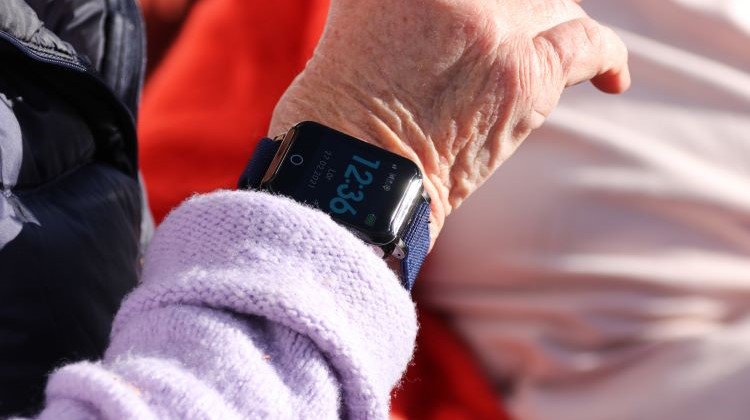Parkinson’s disease is widely associated with tremors, stiffness, and slowness of movement – but for many, there is another dimension: cognitive decline. For some, this leads to a condition known as Parkinson’s dementia.
But what exactly is Parkinson’s dementia? How does it differ from other forms of dementia, and how can you recognize it?
Understanding Parkinson’s Dementia
Parkinson’s dementia is a type of progressive dementia that can develop in people who already have Parkinson’s disease. It affects memory, attention, executive function, and sometimes mood and perception (1).
This form of dementia usually appears at least one year after the onset of motor symptoms – this timeline distinguishes it from other similar dementias (2).
Common Symptoms
According to clinical guidelines and research (3), typical symptoms include:
-
Reduced attention and concentration
-
Short-term memory loss
-
Slowed thinking (bradyphrenia)
-
Poor problem-solving and planning skills
-
Language difficulties (e.g., word-finding issues)
-
Visual-spatial impairment (e.g., depth perception, recognizing objects)
-
Visual hallucinations – very common in advanced stages
Not everyone with Parkinson’s will develop full-blown dementia. Many will experience mild cognitive impairment (MCI) first, which may or may not progress to dementia (4).
How Is It Different from Other Dementias?
Parkinson’s dementia is closely related to dementia with Lewy bodies (DLB). The main clinical distinction lies in when the cognitive symptoms begin:
-
In Parkinson’s dementia, dementia occurs after established motor symptoms.
-
In DLB, cognitive symptoms occur before or at the same time as motor symptoms (5).
Both are caused by Lewy body protein deposits in the brain and may be treated similarly.
Diagnosis
Diagnosis typically includes:
-
A thorough neurological and cognitive assessment
-
Cognitive screening tests (e.g., MoCA or MMSE)
-
Blood tests to rule out other causes
-
Brain imaging (MRI or CT), if needed
Diagnosis is made over time and may involve monitoring progression of both motor and cognitive symptoms (6).
Treatment and Support
There is currently no cure for Parkinson’s dementia, but symptoms can be managed through:
-
Cognitive-enhancing drugs, such as rivastigmine or donepezil
-
Adjustment of Parkinson’s medications to reduce side effects such as hallucinations
-
Routine and consistency in daily activities
-
Behavioral and occupational therapy
-
Caregiver support and education
Support from a multidisciplinary team including neurologists, therapists, and social workers is recommended (7).
Parkinson’s dementia doesn’t erase the person – it simply means we must meet them differently.
With the right knowledge, compassionate care, and consistent support, those living with Parkinson’s dementia can still experience dignity, connection, and moments of clarity. Understanding the condition is the first step toward better care – and better lives – for everyone involved.
Sensorem’s safety alarm has GPS positioning, medication reminders and automatic fall alarm
Sensorem’s personal alarm is an example of a technical aid specially developed for people with dementia. The personal alarm works outdoors and has built-in GPS positioning so that relatives can see the user’s position on a map in the Sensorem app. Relatives are automatically called by the personal alarm (two-way communication) if the user leaves a predetermined geographical area. The personal alarm also has medication reminders, which means that the watch emits a sound and tells the user that it is time to take their medication. The personal alarm can also alert automatically in the event of a fall with the built-in fall sensor.

